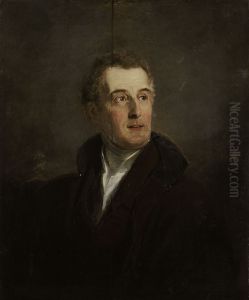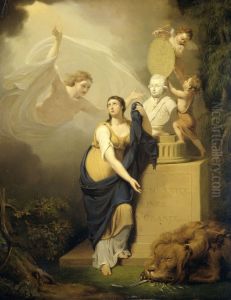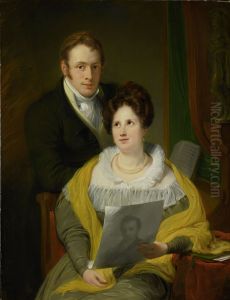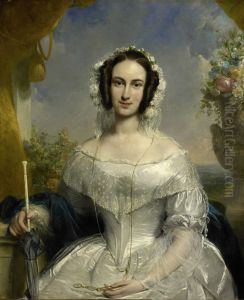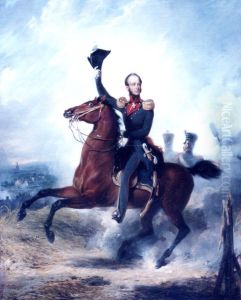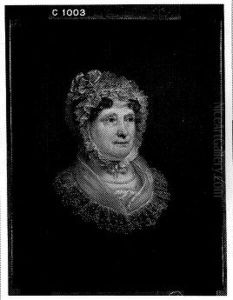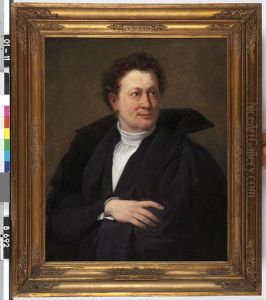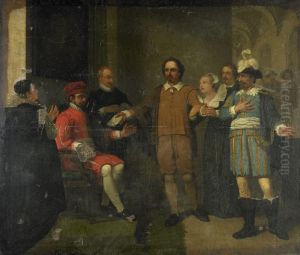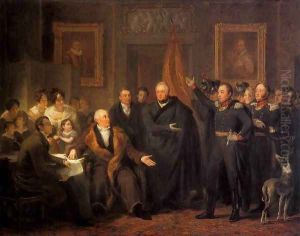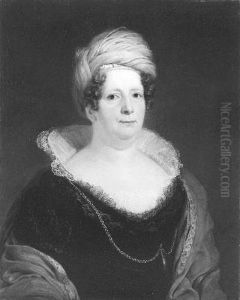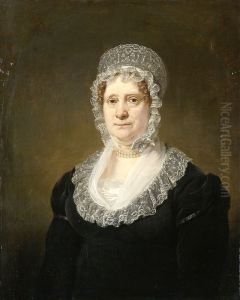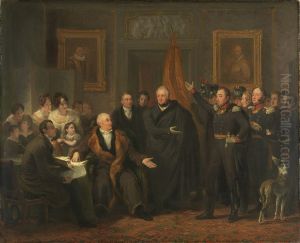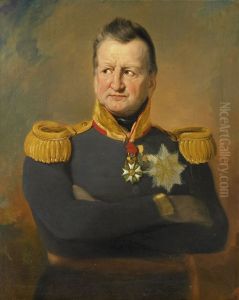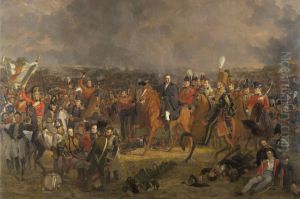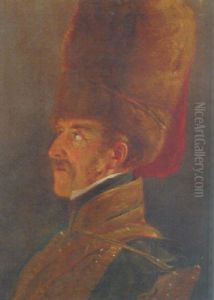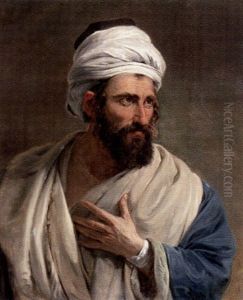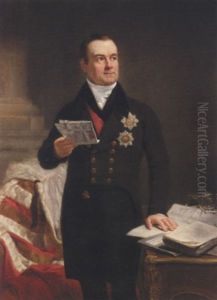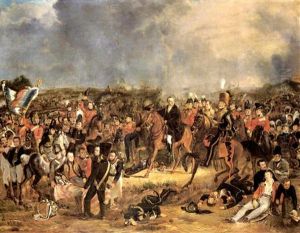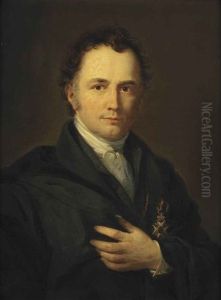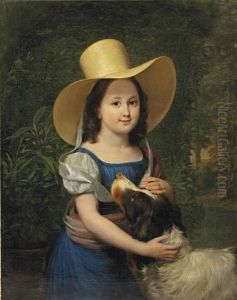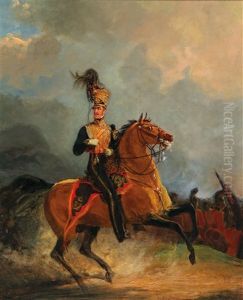Jan Willem Pieneman Paintings
Jan Willem Pieneman was a significant figure in the Dutch art world of the 19th century, known for his contributions as both a painter and an educator. Born on November 4, 1779, in Abcoude, near Amsterdam, Netherlands, Pieneman developed an early interest in art, which led him to pursue a career that would leave a lasting impact on the Dutch art scene. His works are characterized by their detailed portrayal of historical events and figures, reflecting a deep engagement with the cultural and political narratives of his time.
Pieneman's training in art began in his formative years, and by the early 19th century, he had established himself as a skilled painter. His career gained significant momentum after his depiction of the Battle of Waterloo, which not only garnered acclaim but also helped to establish his reputation as a leading painter of historical subjects. His ability to capture the essence of pivotal moments with accuracy and emotional depth resonated with audiences and critics alike.
Beyond his contributions as an artist, Pieneman played a crucial role in the development of art education in the Netherlands. He was a founding figure of the Royal Academy of Fine Arts in Amsterdam, where he served as a director from 1820 until his death in 1853. Under his leadership, the Academy became a pivotal institution for the training of Dutch artists, promoting artistic excellence and innovation. Pieneman's commitment to education was driven by his belief in the transformative power of art and its importance in society.
Throughout his career, Pieneman remained actively involved in the artistic community, mentoring young artists and contributing to the development of the Dutch art scene. His legacy is not only preserved in his paintings but also in the generations of artists he influenced through his teaching and leadership at the Royal Academy.
Jan Willem Pieneman passed away on April 8, 1853, in Amsterdam, but his impact on Dutch art and education continues to be celebrated. His works are held in high esteem and can be found in various museums in the Netherlands, serving as a testament to his skill as an artist and his vision as an educator.
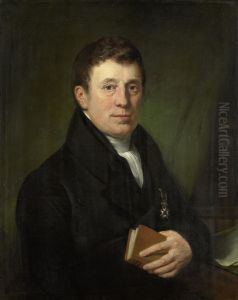
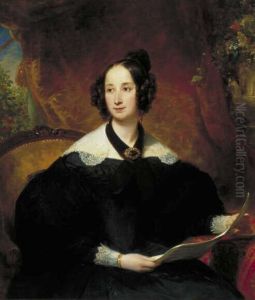
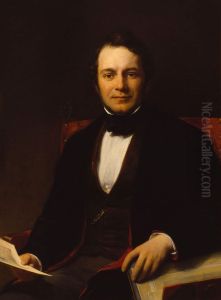
![Portrait of Carel Joseph Fodor (1801-1860).[1]](https://www.niceartgallery.com/imgs/4617996/s/jan-willem-pieneman-portrait-of-carel-joseph-fodor-180118601-70d0e26a.jpg)
